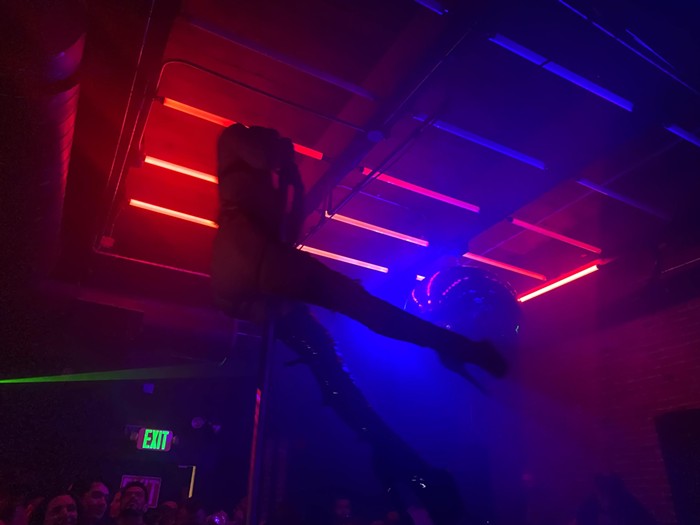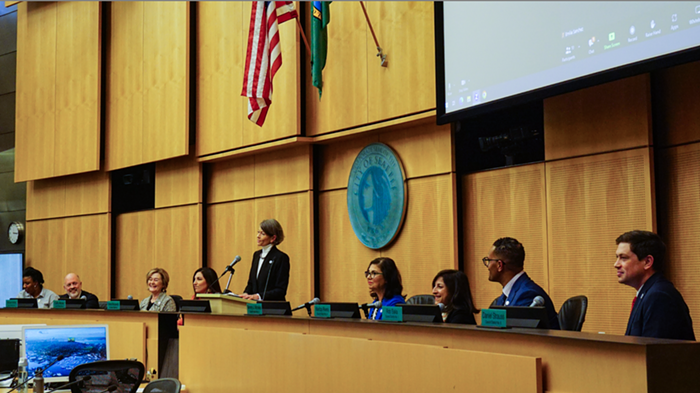Initiative profiteer Tim Eyman seems determined to rid Washington's intersections of red-light cameras, even if it kills him. Or you. Or the 700-or-so Americans who die each year due to red-light running.
Following the success of last year's local initiative outlawing red-light cameras in his hometown of Mukilteo, Eyman's taking his latest for-profit/anti-government gimmick on the road. This year, he's cosponsoring copycat measures in Bellingham, Monroe, Wenatchee, and Longview. But while Eyman provocatively characterizes the cameras as the "crack cocaine" of city budget writers and "taxation-by-citation, just another way for government to pick the pockets of taxpayers," a definitive new study conducted by the Insurance Institute for Highway Safety (IIHS) finds that red-light cameras save lives.
Comparing crash statistics between 1992–1996 and 2004–2008 in the 99 US cities with populations above 200,000, researchers found a 35 percent reduction in red-light fatalities in cities that implemented red-light-camera programs, versus a 14 percent reduction in those that did not.
But the cameras' benefits actually proved to be much bigger. When all crashes at signaled intersections were tallied, not just those due to red-light running, total fatalities dropped 14 percent in cities with cameras, while rising 2 percent in cities without. Overall, researchers estimate that while red-light cameras saved 159 lives between 2004 and 2008, a total of 815 deaths could have been prevented had the cameras been installed throughout.
The crash statistics are startling. The Federal Highway Administration estimates that red-light running caused 113,000 injuries and 676 deaths in 2009 alone. But for Lori Koidahl of Shoreline, these are more than just scary numbers.
On the afternoon of June 19, 2007, Koidahl's mother, Kathy Cook, had just gotten off a bus at the Kenmore Park-and-Ride, when a truck ran a red light at the intersection of 73rd Avenue Northeast and Bothell Way, colliding with a front loader and careening into a crowd of pedestrians. Cook was fatally crushed against a light pole. She was only 56.
For Koidahl, the calculation is simple. As the IIHS study bears out, red-light cameras change drivers' behavior; had there been one at that intersection, Koidahl believes, her mother might be alive today. When asked to speculate about the appeal of Eyman's anti-red-light-camera initiatives, she was stumped.
"It's hard for me to understand how someone could work against something that saves lives," Koidahl said. "It's just hard to understand." ![]()



















